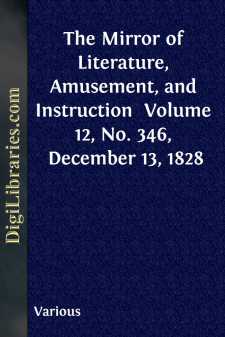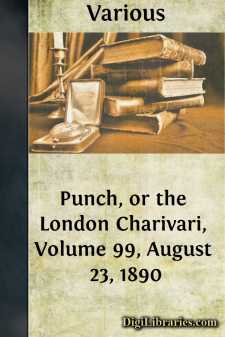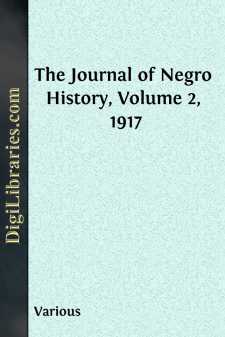Categories
- Antiques & Collectibles 13
- Architecture 36
- Art 48
- Bibles 22
- Biography & Autobiography 813
- Body, Mind & Spirit 142
- Business & Economics 28
- Children's Books 17
- Children's Fiction 14
- Computers 4
- Cooking 94
- Crafts & Hobbies 4
- Drama 346
- Education 46
- Family & Relationships 57
- Fiction 11829
- Games 19
- Gardening 17
- Health & Fitness 34
- History 1377
- House & Home 1
- Humor 147
- Juvenile Fiction 1873
- Juvenile Nonfiction 202
- Language Arts & Disciplines 88
- Law 16
- Literary Collections 686
- Literary Criticism 179
- Mathematics 13
- Medical 41
- Music 40
- Nature 179
- Non-Classifiable 1768
- Performing Arts 7
- Periodicals 1453
- Philosophy 64
- Photography 2
- Poetry 896
- Political Science 203
- Psychology 42
- Reference 154
- Religion 513
- Science 126
- Self-Help 84
- Social Science 81
- Sports & Recreation 34
- Study Aids 3
- Technology & Engineering 59
- Transportation 23
- Travel 463
- True Crime 29
Our website is made possible by displaying online advertisements to our visitors.
Please consider supporting us by disabling your ad blocker.
The Mirror of Literature, Amusement, and Instruction Volume 12, No. 346, December 13, 1828
by: Various
Categories:
Description:
Excerpt
OLD COVENT GARDEN.
The notoriety of Covent Garden is of too multifarious a description to render the above illustration uninteresting to either of our readers. It is copied from one of Hollar's prints, and represents the Garden about the time of Charles II., before its area had been polluted with filth and vegetable odours.
The spot was originally the garden belonging to the abbot of Westminster, which extended to St. Martin's church, was called the Convent Garden, and may be distinctly traced in Ralph Agar's View of London, bearing date about 1570. It was granted, after the dissolution, by Edward VI. first to the protector Somerset, on whose attainder, in 1582, it passed into the Bedford family. About the year 1634, Francis, Earl of Bedford, began to clear away the old buildings, and to form the present handsome square. Its execution was confided to Inigo Jones, but unfortunately, only the north, and part of the east side, was completed; for, had the piazza been continued on the other this would have been one of the noblest quadrangles in the metropolis. Previously to the erection of the present mass of huts and sheds, the area was neatly gravelled, had a handsome dial in the centre, and was railed in on all sides, at the distance of sixty feet from the buildings. The south side was bounded by the garden wall of Bedford-House, the town house of the noble family of that name; and along this wall only were the market booths. But the mansion has long given way to Little Bedford-street.
The most striking object in the engraving is, however, the original church of St. Paul, as built by Inigo Jones, connected with which is the following anecdote:—When the Earl of Bedford sent for Jones, in 1640, he told him he wanted a chapel for the parishioners of Covent Garden; but added, he would not go to any considerable expense. "In short," said he, "I would not have it much better than a barn."—"Well, then," replied Jones, "you shall have the handsomest barn in England." The ceiling was very beautifully painted by Edward Pierce, sen. a pupil of Vandyke. In 1795, the church was accidentally destroyed by fire, but it was rebuilt by Mr. Hardwick, in imitation of the original design.
In a note at page 236 of vol. x. of the MIRROR, we adverted to the disgraceful state of Covent Garden Market, which of late years has been little better than a public nuisance. The broom of reform at length promises to cleanse this Augean area; and a new market is in the course of erection. The design, it will be recollected, was in this year's Exhibition at Somerset House, and in an early Number we may probably give a view of the Elevation.
The celebrity of Covent Garden as a depot for vegetable produce is of considerable antiquity; and it is but reasonable that such an improvement should be made, consistent with the increased and increasing wants of this overgrown metropolis, and the augmented supplies which are poured in from all quarters. When this improvement is completed, it may lead to the finishing of the quadrangle....












